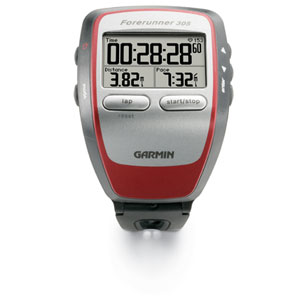Kindle Wireless Reading Device review
The bad: No expansion slot for adding more memory or accessing files; files such as PDFs and Word documents aren't natively supported and need to be converted at 10 cents a pop by Amazon; no protective carrying case included; battery is sealed into the device and isn't removable; hardware and content is still too expensive; lacks the support for electronic library loans and free ePub public-domain books available on competing Sony Reader models. The bottom line: While it's short of perfection--and remains fairly pricey--the Amazon Kindle 2's improved design, built-in wireless capabilities, and user-friendly interface keep it atop the e-book reader heap in the U.S. Review: Editors' note: As of October 22, 2009, Amazon has discontinued this version of the Kindle and replaced it with the international Kindle model. That new model runs on AT&T's network and can access content on cellular networks inside and outside of the U.S. It's otherwise essentially identical to the Sprint-powered Kindle reviewed here. With a slicker design, improved performance, and such additional extras as Text-to-Speech audio reading, Amazon has gotten a lot right with the latest version of its much-hyped e-book reader, the Kindle. While it may not be the huge leap forward that some people
Garmin Forerunner 305 GPS Receiver With Heart Rate Monitor Take It to the Next LevelForerunner 305's courses feature lets you compete against previous workouts: you can compare your pace and heart rate to your past performance over the same run. You also can use Forerunner 305 to train for your next duathlon or triathlon with multi-sport workouts, a feature that lets you seamlessly transition between sports without resetting the unit, so you can use it for running, biking and more. Train indoors and still track your distance, pace and calories burned with the optional Foot Pod accessory. This wireless sensor attaches to your running shoe and transmits distance and pace data to your Forerunner 305 so you can still use it when GPS reception is unavailable. Get the Data You NeedYou can customize any of Forerunner 305's three main data screens — up to 12 data fields give you instant feedback on your workout. And, as with every Forerunner, each workout is stored in memory so you can review and analyze the data and see how you've improved over time.
|
022.mp3 |
|||
